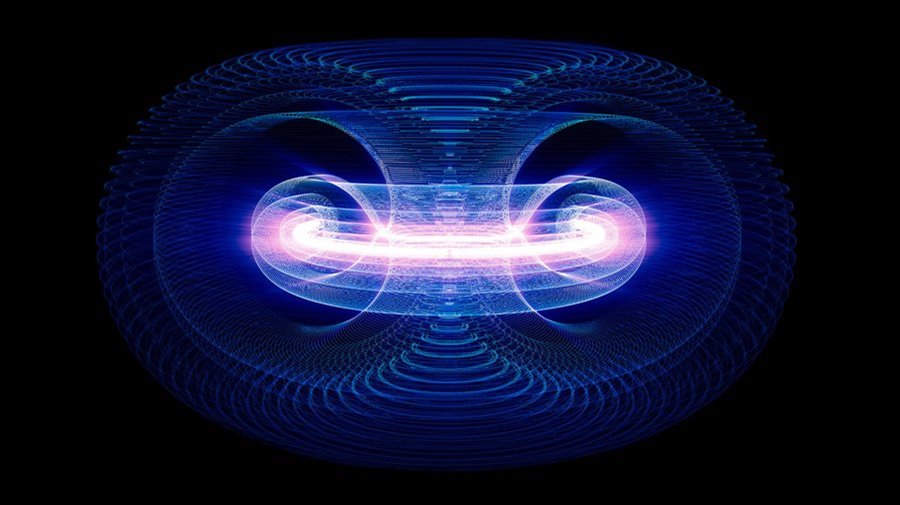Final Next Generation Science Standards Released
Final Next Generation Science Standards Released

Earlier this month, a new set of voluntary, rigorous, and internationally benchmarked standards for K-12 science education called the next generation science standards (NGSS) was released. For the past two years, a 41 member writing team led by 26 states and their broad-based teams worked together with partners to develop the standards, which “identify science and engineering practices and content that all K-12 students should master in order to be fully prepared for college, careers and citizenship.”
The standards are based on “The Framework for K-12 Science Education,” which was published by the National Academies' National Research Council in 2011. As reported in ASME News last October, ASME has supported NGSS since its inception, especially since it is the first time engineering content has been included in science standards in such a meaningful way. The ASME Board on Education was actively engaged in the NGSS process, serving as a key stakeholder and providing comments on two public drafts and one confidential draft of the standards.
The lead state partners for the NGSS initiative include Arizona, Arkansas, California, Delaware, Georgia, Illinois, Iowa, Kansas, Kentucky, Maine, Maryland, Massachusetts, Michigan, Minnesota, Montana, New Jersey, New York, North Carolina, Ohio, Oregon, Rhode Island, South Dakota, Tennessee, Vermont, Washington and West Virginia. The NGSS effort was entirely driven by the aforementioned states, using no federal funds or incentives. The Carnegie Corp. of New York was the endeavor's primary funder.
"The Next Generation Science Standards are going to pull together inquiry and practice, and recognize the role of engineering. Pulling together the cross-cutting concepts is going to be a challenge, but it's really effective pedagogy," said Ellen Ebert, Washington State's Director of Science for Teaching and Learning at the Office of the Superintendent of Public Instruction. "In Washington State, we're looking at the NGSS to propel students into 21st century — we're looking at college and career readiness. This is a real opportunity to help students see the potential of science in their lives."
To review the final version of the NGSS, visit www.nextgenscience.org. ASME’s comments on the second public draft of NGSS can be found at this web address.
- Melissa Carl, ASME Government Relations



.png?width=854&height=480&ext=.png)
